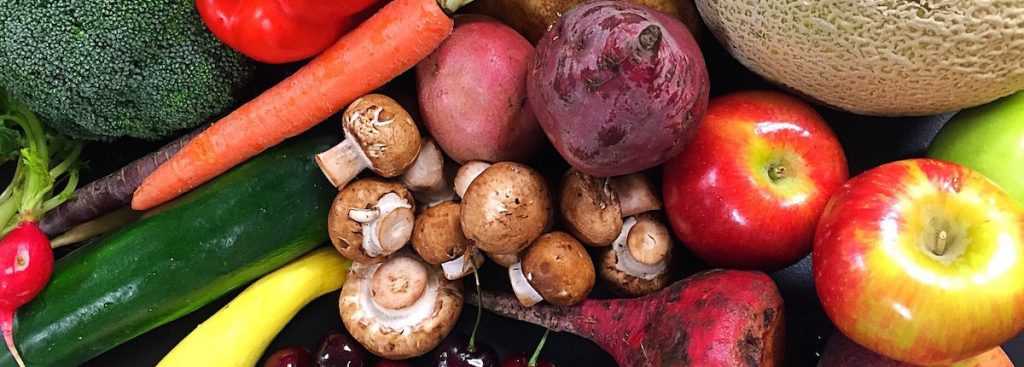Nanoprecipitation: turning to microfluidics for improved control

Nanoprecipitation is a tried and tested method for encapsulating compounds in nanoparticles and liposomes, supporting applications in drug delivery, cosmetics and additives for animal feedstock. The demand for new techniques is increasing, making way for microfluidics to establish itself as a desirable alternative to batch processes.
by Richard Gray, Director at Blacktrace Group
Nanoprecipitation has long been a subject of interest since it was first reported in 19891. During subsequent decades, the technique has become prominent in the field of drug delivery of hydrophobic compounds, as well as finding applications in cosmetics and agriculture. Encapsulation of an active pharmaceutical ingredient (API) in a nanoparticle offers a number of advantages over conventional drug treatment options. It enables hydrophobic compounds to be used as suitable drug candidates, improving solubility and protecting the API from degradation. Encapsulation also improves bioavailability, and the nanoparticles can be adapted with functional groups to target specific biological settings. This maximizes the efficacy of the API, reducing the overall loading dose and minimizing associated side effects. In addition, the external polymer layer helps to overcome some of the problems associated with taste and odor when drugs are delivered orally.
The importance of particle size and dispersity
Homogeneous particle composition, a narrow particle size distribution and maximum API loading are critical goals in nanoparticle production. Of these, particle size distribution is arguably the most important, as a number of variables are dependent on the diameter of the nanoparticle. These include diffusion through the target tissue, the mechanism of cellular uptake and subsequent API release. Smaller-sized particles have a greater surface area to volume ratio and are likely to release the drug faster. If the API is released too quickly, this can result in a spike in concentration and potentially harmful side effects. In contrast, if the API is released too slowly, the patient may not receive a therapeutic dose. For these reasons, a broad size distribution leads to poor control over how the API is delivered, creating demand for nanoprecipitation techniques that offer low polydispersity without compromising control over the average particle size.
Nanoprecipitation
Traditionally, nanoprecipitation has been achieved using a three-stage batch process; 1) co-dissolution of a hydrophobic polymer and API in a water-miscible solvent, 2) mixing of this organic phase with an aqueous solution, and 3) subsequent precipitation of the polymer nanoparticles with the encapsulated API. Conducting the experiment in the presence of surfactants – or using polymers that are surfactants themselves – prevents aggregation and ensures that distinct nanoparticles are formed. The batch process enables production of large volumes of nanoparticles in a short space of time using an easy-to-assemble set-up. However, these benefits are undermined by a number of significant drawbacks, including poor control over the average particle size, broad polydispersity, inefficient API encapsulation and a lack of reproducibility between batches.
The benefits of microfluidics
Conducting nanoprecipitation in a microfluidic set-up has come to the fore in recent years thanks to the availability of benchtop, all-in-one systems that have allowed non-experts to benefit from the technology. In microfluidics, mixing of the liquids takes place – almost invariably under laminar flow – in channels with defined diameters and geometry, offering superior control over the nanoprecipitation environment. This allows reproducible production of monodisperse nanoparticles with a CV of less than 5 percent, as well as almost 100 percent, uniform encapsulation of the API. In addition, the average particle diameter can be fine tuned by altering the flow rate ratio between the organic and aqueous phases to create average nanoparticle diameters form a new nanometers up to 500 μm – a level of control not easily attainable using a traditional batch process.
The evolution of microfluidics
The development of methods such as microfluidic hydrodynamic focusing (MHF)2 have supported new chip designs and the continual improvement of the technique for nanoprecipitation. The MHF method relies on chips with a cross-flow geometry; typically, the organic phase is forced to flow through the central channel of a chip and is intersected and sheathed by two co-axial streams of the aqueous phase. This centers the organic phase into a narrow sheet with a rectangular cross-section, leading to nanoprecipitation at the interface. Adapting this technique to new microfluidic chip designs – such as the 5-Input Chip from Dolomite Microfluidics – has further enhanced throughput and monodispersity.
The challenge of throughput
Despite improvements in chip design and techniques, throughput remains the greatest challenge in the field of microfluidics. Drug production has typically required somewhere in the region of kilograms of nanoparticles per day, but there is a growing demand for increased volumes, particularly from animal feed suppliers who are hoping to achieve hundreds of kilograms per hour. The most obvious route to improved throughput is to simply scale up production by operating multiple chips in parallel, enabling microfluidic set-ups to deliver similar throughputs to comparable batch processes.
For example, the Telos® high-throughput microfluidic platform from Dolomite Microfluidics can be scaled to 70 channels with a throughput of 109 to 1012 particles per second. However, the long-term solution may lie in a combination of both engineering and chemistry. Rather than simply increasing the number of channels, equipment manufacturers are looking at ways to maximize the throughput of each individual chip. Experimenting with the surfactants used or even the composition of the organic and aqueous phases could further enhance productivity.
Here to stay
Microfluidic approaches to nanoparticle production offer control that is simply unfeasible and unimaginable in a batch process, and the continued development of the ability to fine tune nanoparticles for targeted drug delivery will remain a key objective in this growing area of research. While increasing throughput is a challenge facing both batch and microfluidic processes, the ease of production scale up and the ongoing investment in novel technologies suggest that microfluidics will lead the way in tackling this obstacle. Whatever the future holds, microfluidics is here to stay, having established itself in both academia and industry as a desirable alternative to batch processes for the reproducible generation of homogeneous nanoparticles.
1. Fessi H et al. Nanocapsule formation by interfacial polymer deposition following solvent displacement. Int. J. Pharm., 1989, 55(1):R1–R4
2. Jahn A et al. Controlled vesicle self-assembly in microfluidic channels with hydrodynamic focusing. J. Am. Chem. Soc., 2004, 126(9), 2674-675
© 2018 kdm communications ltd
www.dolomite-microfluidics.com/











